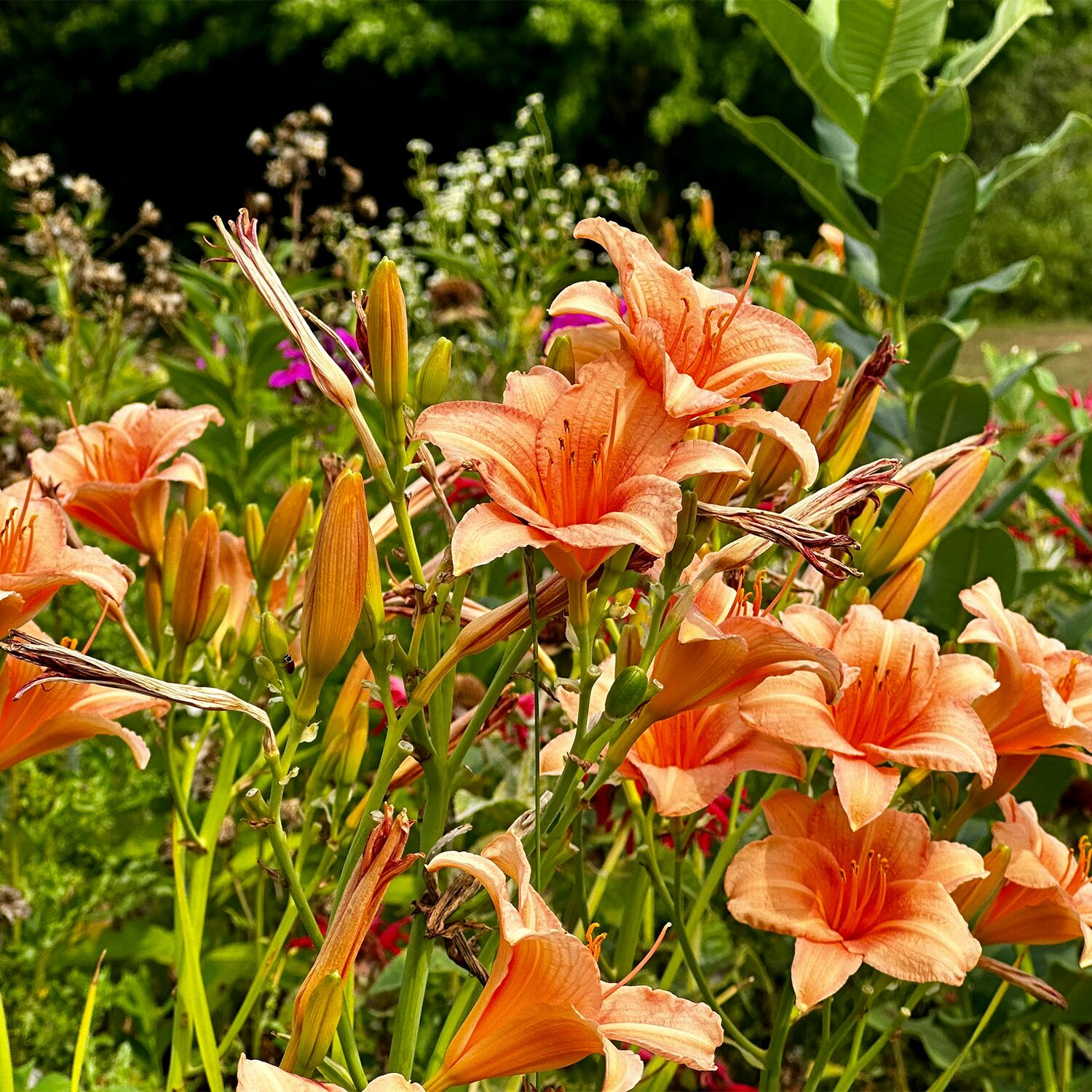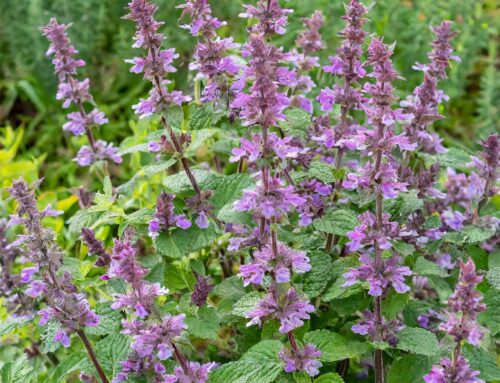Daylilies are a staple pick in today’s gardens. The wide array of color options and beautiful blooms makes them an enticing choice of plant. While the individual flowers last only for a day, the plant will flower several times during the blooming season. They’re incredibly forgiving for beginner gardeners as well. The genus Hemerocallis comes from the Greek words ‘hemera kallos,’ meaning ‘day beauty.’ There’s no question why these flowers have become popular centerpieces in the landscape.
Botanical Background:
- Hemerocallis belongs to the family Hemerocallidaceae and encompasses over 80 species.
- These perennial plants are characterized by their strap-like leaves and striking trumpet-shaped flowers, which typically last for only one day.
- Despite their name, daylilies aren’t actually lilies.
Historic Significance:
- Ancient Chinese culture used daylilies as a medicinal herb.
- Daylilies are associated with forgetting worries, flirtation, and grief because of their bright colors and short bloom time.
Medicinal Uses:
- Daylilies have been used in traditional medicine for their purported anti-inflammatory, diuretic, and wound-healing properties.
Horticultural Delight:
- Daylilies are cherished in horticulture for their vibrant flowers, which come in a spectrum of colors including yellow, orange, pink, and red.
- With proper care, daylilies can produce flowers prolifically from late spring to early fall, providing long-lasting beauty in gardens and landscapes.
Landscape Design:
- Daylilies are versatile plants suitable for various landscape designs, from formal gardens to naturalistic settings.
- Mass plantings of daylilies can create stunning visual displays and serve as low-maintenance ground covers.
- Many varieties are evergreen or semi-evergreen, giving both warm and cool weather interest.
Cultivation and Care:
- Daylilies thrive in well-drained soil and prefer full sun to partial shade.
- While tolerant of drought conditions, regular watering promotes healthy growth and flowering.
- Periodic division of daylily clumps helps maintain vigor and prevents overcrowding.
Environmental Benefits:
- Daylilies attract bees, butterflies, and other pollinators, contributing to biodiversity and ecosystem health.
- Their fibrous root systems help prevent soil erosion, making them valuable additions to erosion-prone landscapes.



